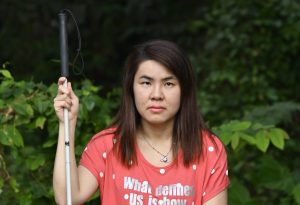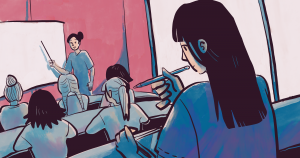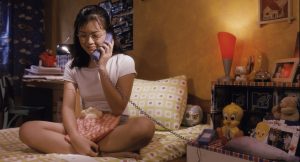Production stills courtesy of United International Pictures.
A competitive society makes us selfish at the core. Agree? From wrestling for the last chicken drumstick to being first to grab a cab, Singaporeans are familiar with the inclination to be first in line. Doesn’t matter what’s at stake. We cannot lose out to others.
Take Malaysia’s response to the Covid-19 outbreak: the Movement Control Order. A cordon sanitaire that has been implemented more than a few times since last year.
When Malaysians were stuck at the border and effectively rendered homeless, what were some nasty Singaporeans saying on the Internet? Stranded Malaysians were lambasted for “taking jobs” and earning up to three times their local currency. When the Singapore government offered $50 a day to help employers house displaced Malaysian workers, the chatter grew. Some complained it was a waste of tax money.
From the pockets of discontentment, several Singaporean samaritans emerged, opening their homes to workers: some for a small fee, others for free. Few offered food, cooked for them, provided towels and toiletries. All to ensure they too could rest, eat and work well day-in, day-out.
These Singaporeans understood what it meant to be left out of one’s home, with family they cannot see and embrace. Malaysians are, after all, just as crucial in Singapore’s workforce as locals—they take up jobs as factory floor workers, cleaners, bus drivers, waiters, healthcare workers and much, much more. If not for these few good folks and the generosity of several companies and the Manpower Ministry, Singaporeans were at risk of being seen as selfish in the eyes of our neighbours up north.
During this time, I caught A Quiet Place Part II. Contrary to sceptics (my office colleagues inclusive), there were similar themes in the movie that resonated with me. The film markets itself as an emotional survival-horror film, but I think it’s about collectives—a me-versus-us theme.
It’s kind of like, do I see Malaysians (and all other foreign workers here) as part of us, or do I treat them as outsiders?
Strength in Numbers
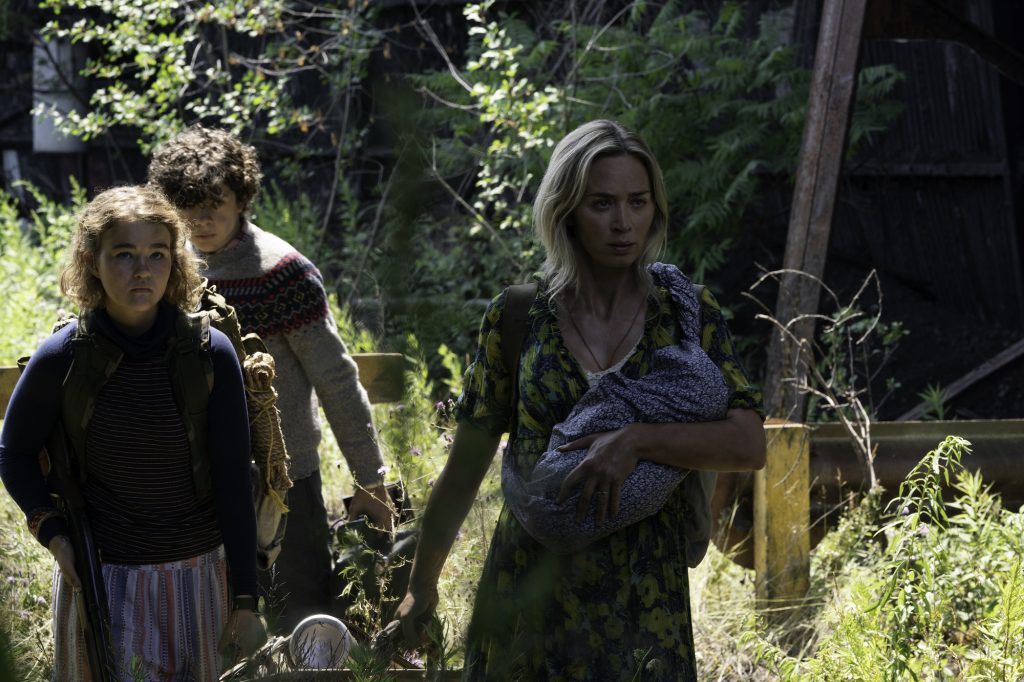
Through 110 minutes of the film, the questions explored are similar, except on a smaller, familial scale. Emily Blunt plays Evelyn Abbott, the protector-mum to her three children. If you’ve not seen the first film, you probably should, because the film continues exactly where it left off (after a brief backstory).
There’s Regan, Evelyn’s deaf daughter, who communicates through sign language. Millicent Simmonds plays her like an old soul, and she’s deaf in real life. Marcus is Evelyn’s oldest son, but he has to work on his confidence issues to fill big brotherly shoes. Then, there’s Evelyn’s newborn baby, conveniently there to drive me crazy whenever he wails (the monsters are blind but they’re attracted to the slightest sound).
John Krasinki, Blunt’s real-life husband, briefly reprises his role as Evelyn’s husband, Lee Abbott. While he does more backseat writing, co-producing, and directing this time, he shines in his scenes, because he’s the most selfless guy in both films. If you’ve seen the original, he made many selfless acts, including diverting his son Marcus away from danger at one point, just to make sure his family gets through the day.
Sadly, in this sequel, he isn’t around as much.
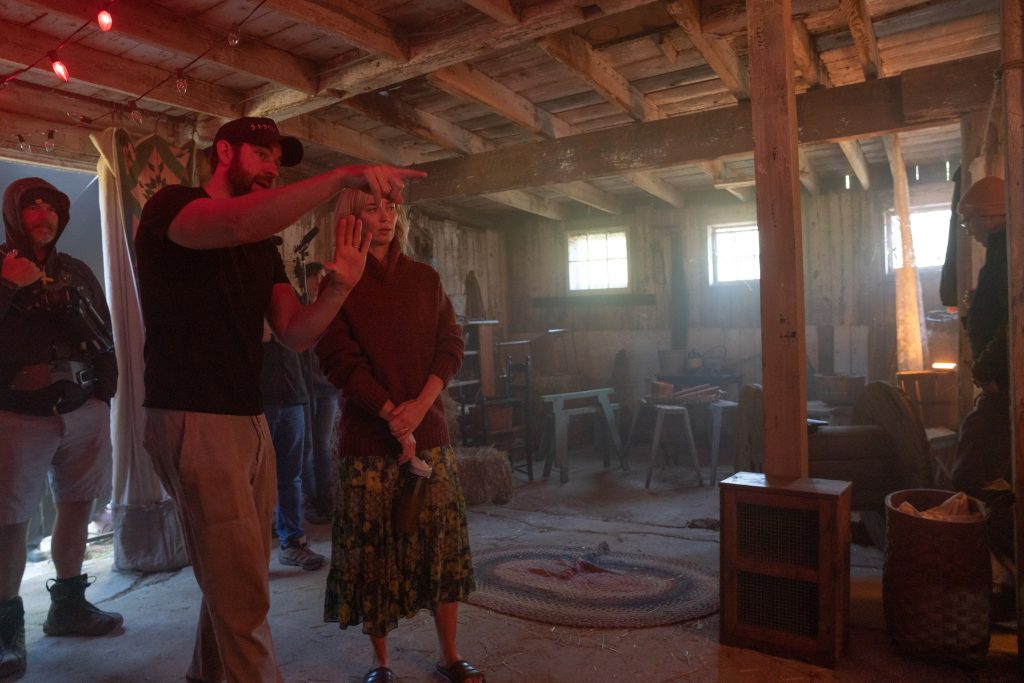
So, without Mr Selflessness to string his family along, what is Evelyn Abbott to do? She does it through self-discovery and soul-searching, after lots of, shushing, Twister-like limb movements, and blood-curdling screams. Oh, and she also has four mouths to feed.
I’m not going to sugar-coat it. In times of disaster, whether the monster is a blind creature with hypersensitive “ears” or a virus I can’t see, it is tempting to distance oneself and think only about me. I call it Quiet Distancing. I socially avoid everyone, but I’m also out of sight.
In A Quiet Place Part II, Evelyn is Mum Solo. She has no husband to fall back on. She has to pull herself together, corral her kids, coo her noisy newborn, and distance herself from the kaypoh monsters. I’m not sure if I can do the same if I’m in her shoes. I might just break down, huddle inside a locker, and pee/poop myself to death.
Yet, where there’s collective strength, there’s redemption. We find it within us and among us. What’s cool about acts of selflessness is when there is a pay-it-forward effect. One act of human kindness within you generates multiple impact on others, doesn’t matter if it’s towards your children, friends or strangers.
A Collective Kindness
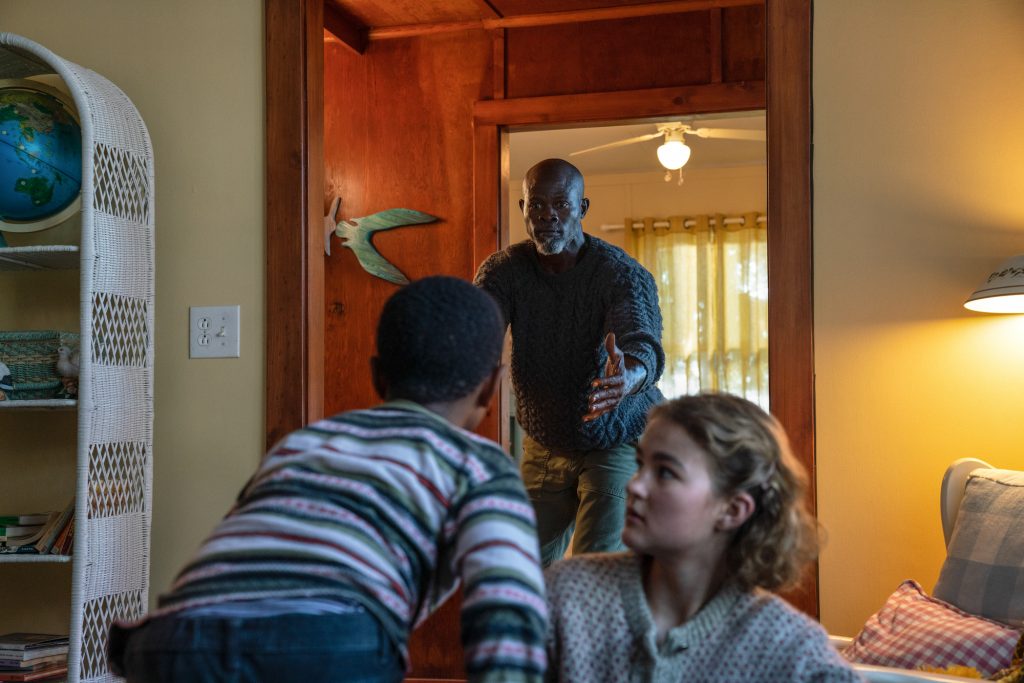
In hard times, pockets of society gravitate towards the greater collective. If this collective is governed by acts of selflessness, the social impact grows exponentially. If a majority of its members decide to be selfish, chaos ensues. Real-world examples: peace protests dissolving into riots or supermarket queues turning into panic-buying.
In A Quiet Place Part II, it’s as basic as deciding if you should help a hungry bystander, or approach a lost, little girl. One bad choice means monsters emerging to tear you to pieces.
Throughout the film, as Evelyn struggles to fit in Lee’s shoes for the sake of her children, the effect rubs off on her daughter. Regan remembers her father’s selfless acts, steps up to help her mother and distracts the monsters. That’s two selfless individuals against one selfish creature. The equation improves. It’s all very Aliens’ Ripley-and-Newt stuff, but with additional feels.
Then, there’s Cillian Murphy. He plays Emmett, an Abbott family friend turned broken man. He remembers the Abbotts but stops short of bringing them under his care.
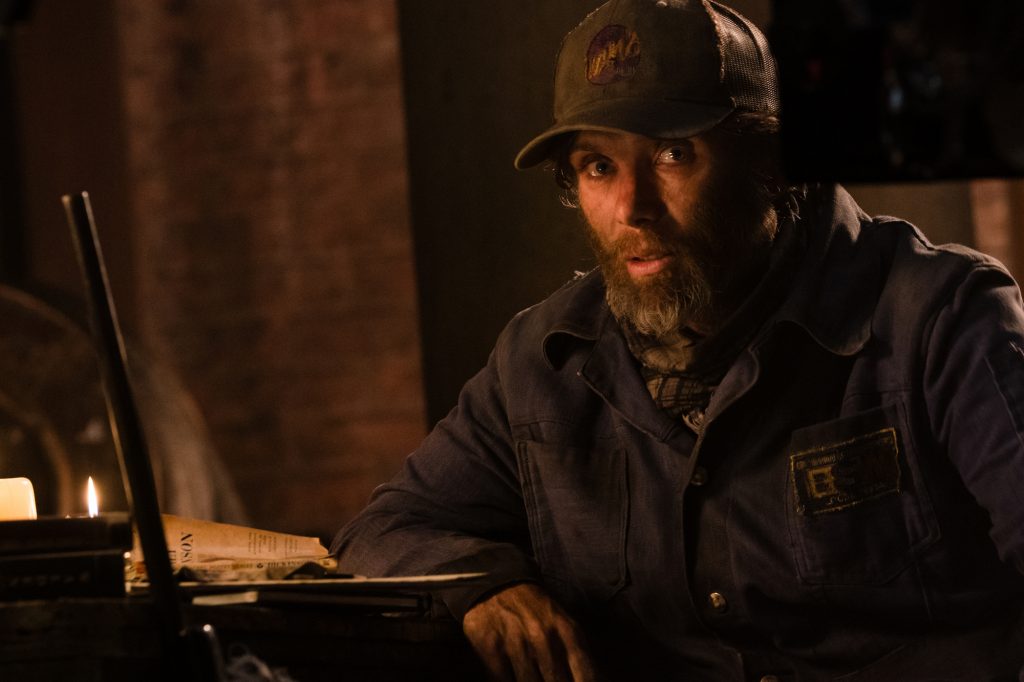
What if I’m in his shoes? Living alone, having figured out ways to beat the system, staying off-grid? What if I’m already living in an uninterrupted world, away from the authorities (or the monsters in this case)? Would I open my doors when acquaintances beg me to let them in?
What would it take for me to do so? They have to give me something in return, yes? Something I feel will give me, or them, or all of us, a better chance at survival.
It’s the same way with taking exams. If I’m failing my tests, I would observe how the smart-alecks do it. If I can take shortcuts and copy their answers, maybe I’ll have the upper hand. Or I can ask them to teach me and join in their discussions. In reel life as it is in real life, we’re always one choice away from making the wrong decision. Sometimes we don’t know it.
But wait. Remember my theory? If the collective is mostly selfless, and I’m the only one being selfish, do I continue being selfish or join them in selfless acts? The longer they stay with me, the deeper I’m pulled into the collective. It’s infectious (sort of like a virus) but in a positive way.
What if Emmett builds a bond with Regan? Does she see him as a man still in touch with his past, a substitute father figure compared to her exhausted survivalist mother? The small, selfless acts Regan makes to keep everyone alive depends on whether she trusts Emmett as part of her collective. Emmett’s selfishness will keep her second-guessing his motives. Is he truly helping or is he out to save his own skin?
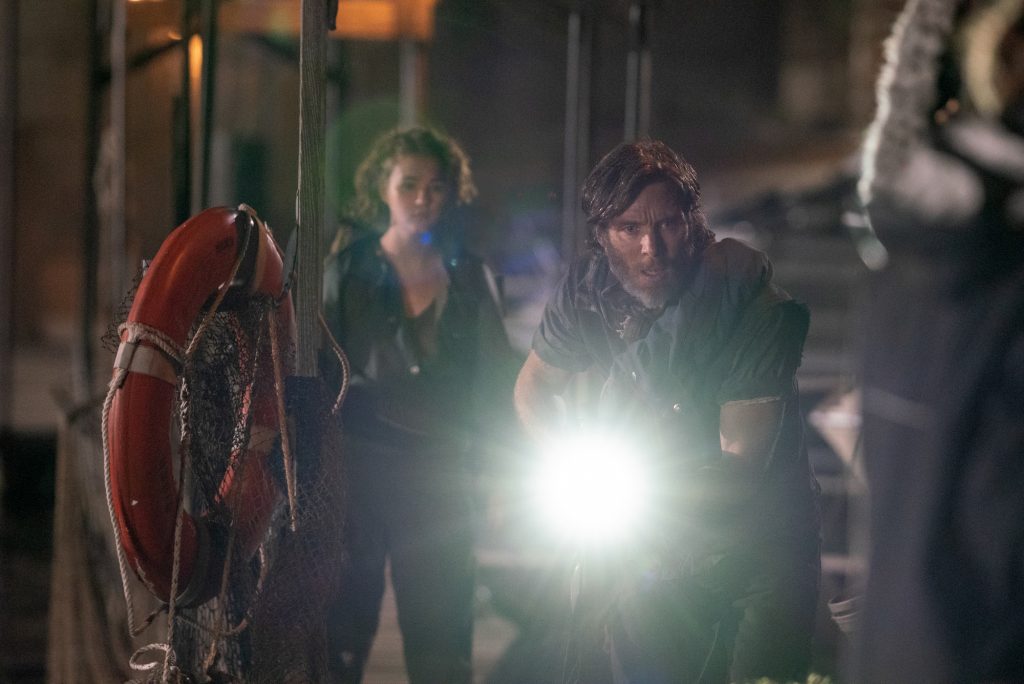
Naturally, as the collective grows, I mix with more people. I encounter strangers and question their intentions. Do I welcome them into the collective, or take a step back? In my earlier example, let’s assume there’s no virus and no border lockdown. Would I open my doors to a Malaysian man in need willingly, if he asks if I have a place to stay? Should I be wary? Or shut the door in his face?
Sometimes it takes a unifying threat (like a virus outbreak or real monsters) to really tip our scales. The combined selfless or selfish acts from Evelyn, Regan, Marcus and Emmett, demonstrate this impact, and the scale of lives lost, for better or worse.
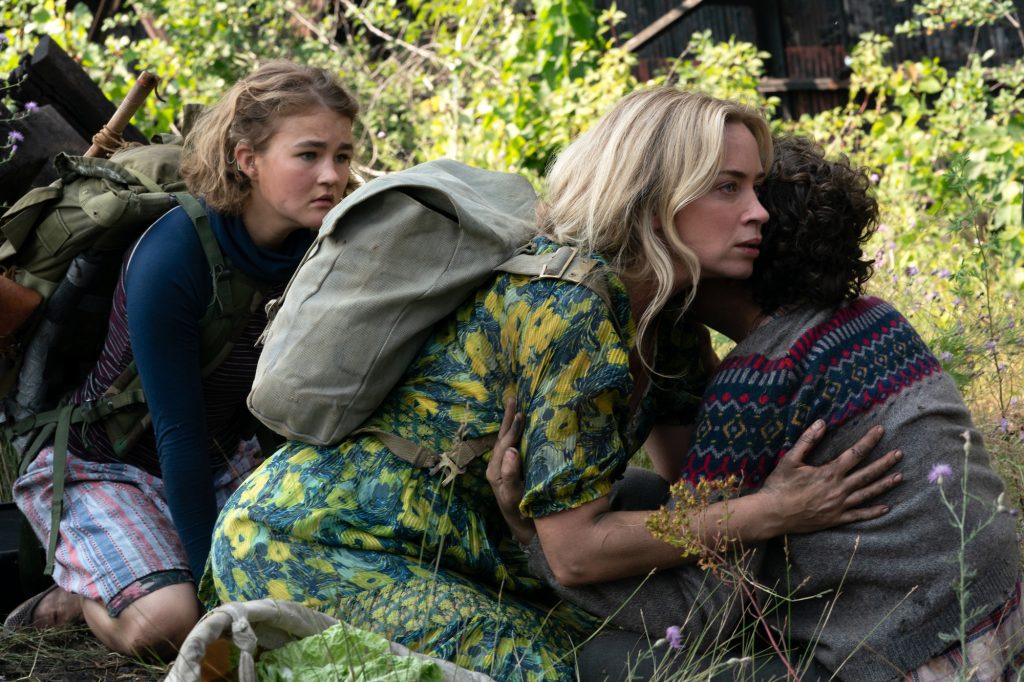
A Quiet Place Part II has its tender and tense moments. It keeps the familiar, human beats from the original by anchoring the children’s anxieties around Evelyn Abbott. It ups the tempo by introducing Emmett, tossing everyone into situations where anxiety, distrust and panic mean certain and often gruesome death.
The situation gets dire when they encounter strangers (humans and monsters) and have to decide whether to be selfless or selfish. These moral choices keep the film engaging, and force us to question the extent we’ll go to protect ourselves as individuals or as a group.
Every day, I deal with my own sets of monsters, psychologically and emotionally. People close to me do so too. The Abbotts deal with real monsters, but the symbolism remains the same.
With what’s been happening within and beyond our borders since Covid-19 (our common threat at the time of writing), there’s a little bit of Emmett in all of us. I struggle between individuality and collectivism everyday, deciding if I’m selfish or selfless. This will be put to the test, when people like Evelyn and Regan come knocking on my front door, begging for help.
Catch A Quiet Place Part II in cinemas now.
This story is sponsored by United International Pictures (UIP).



